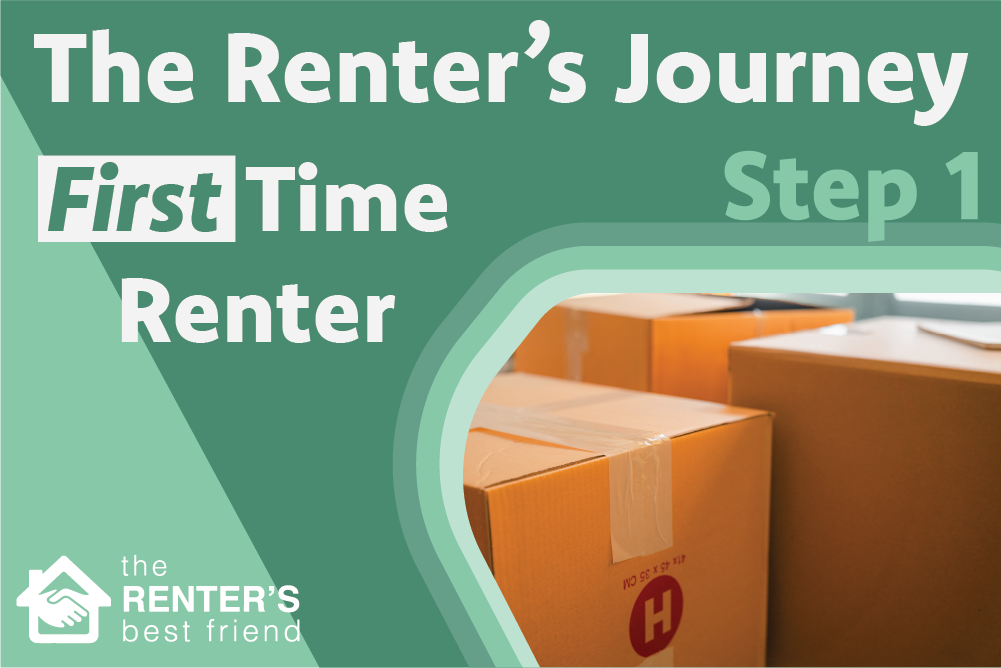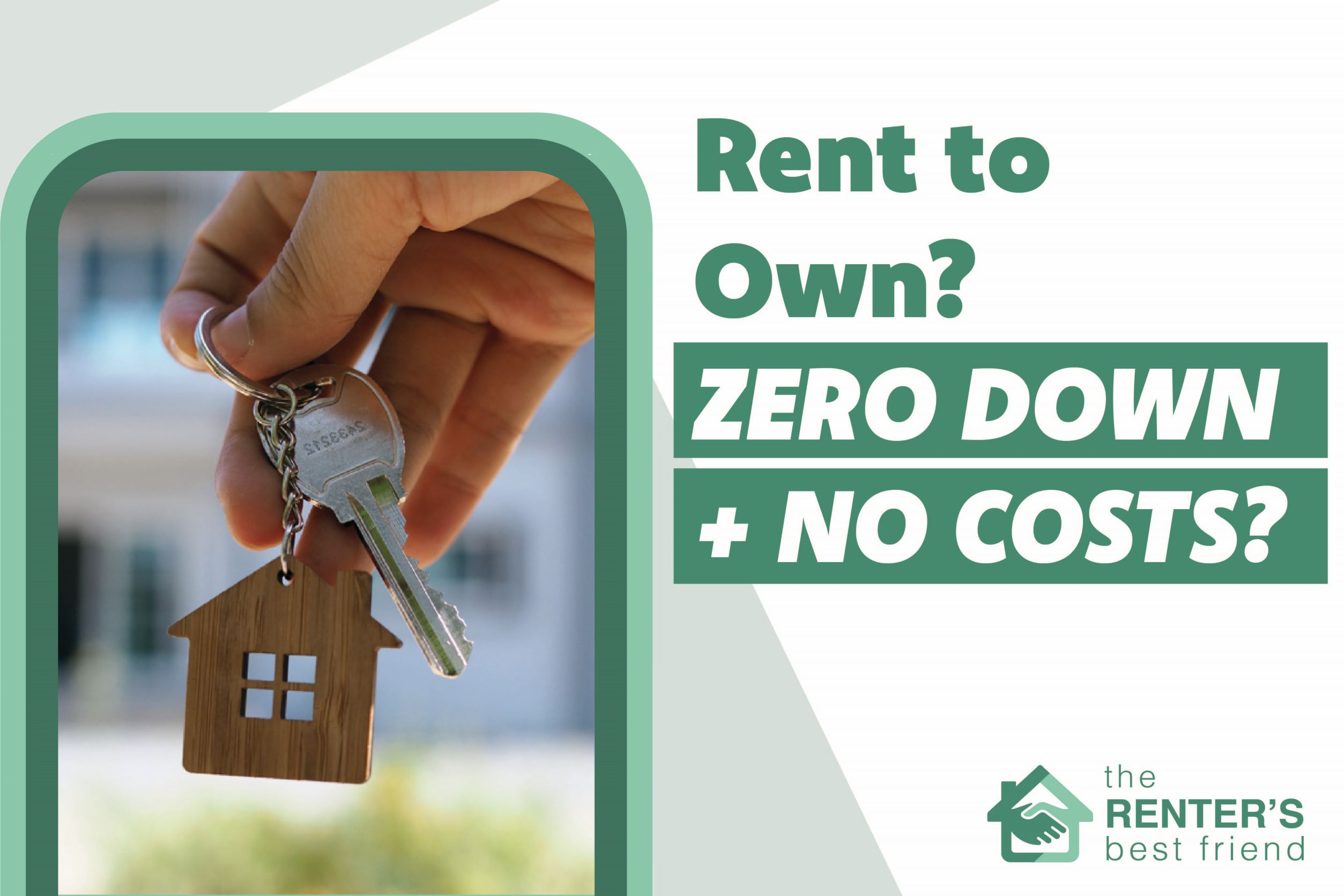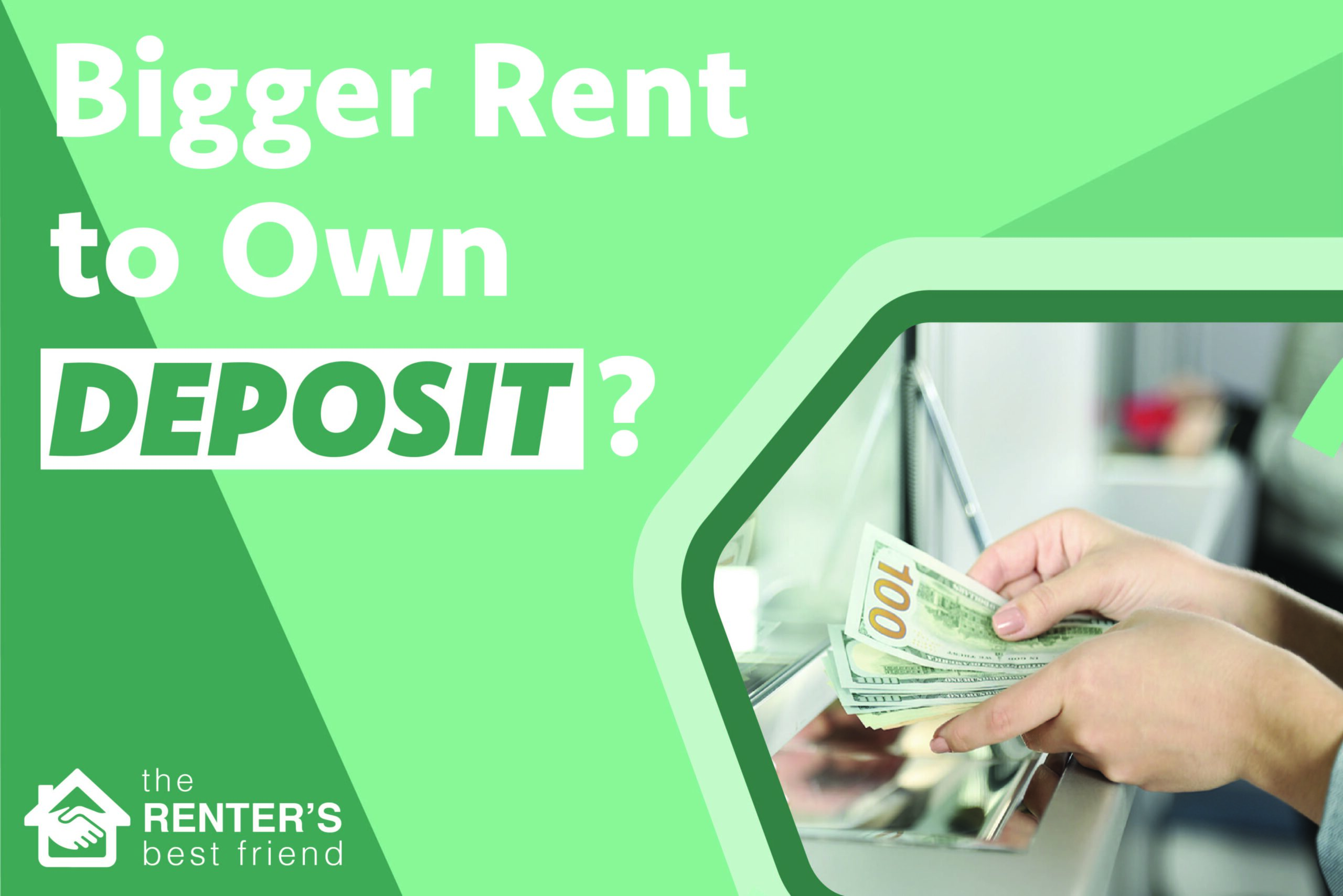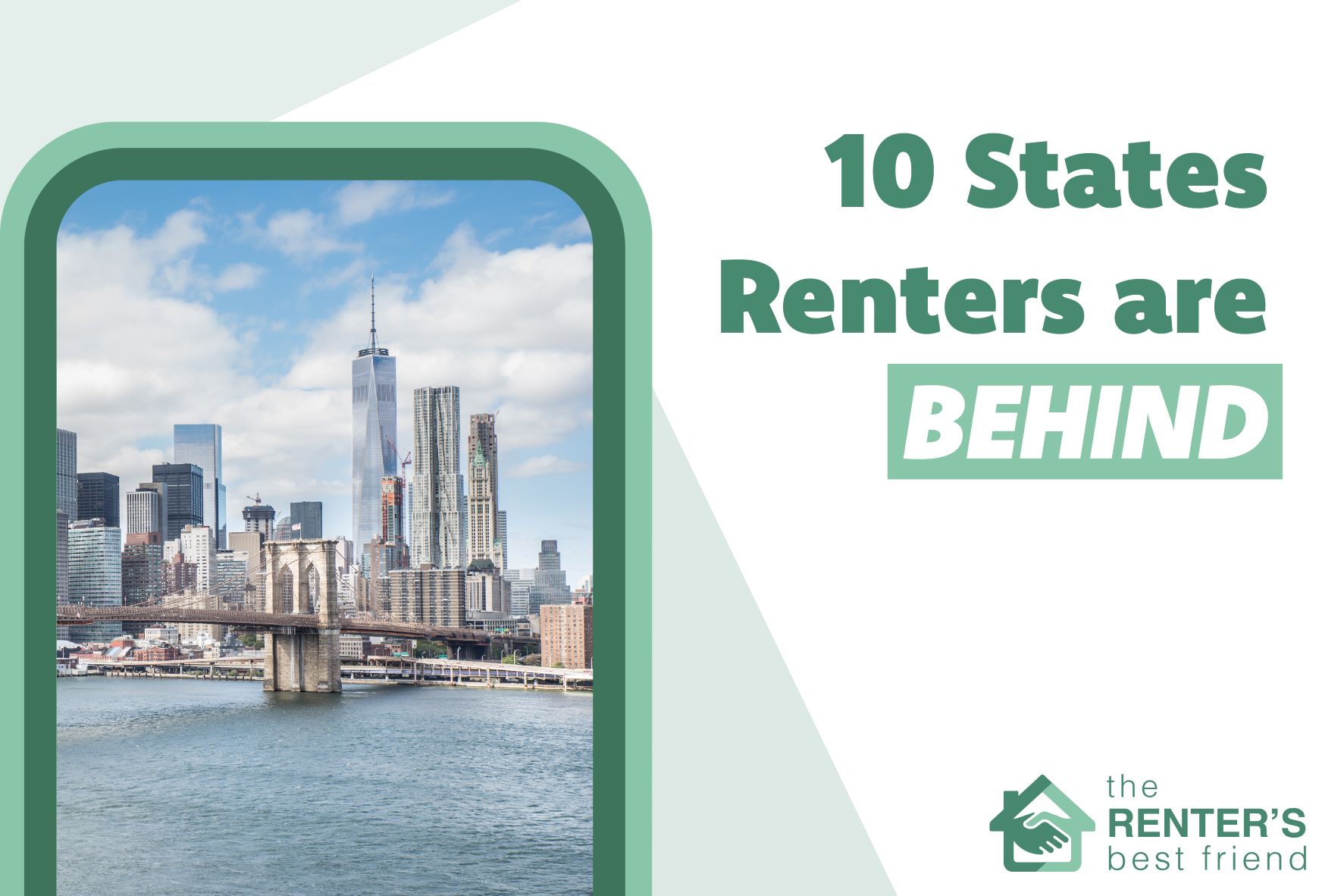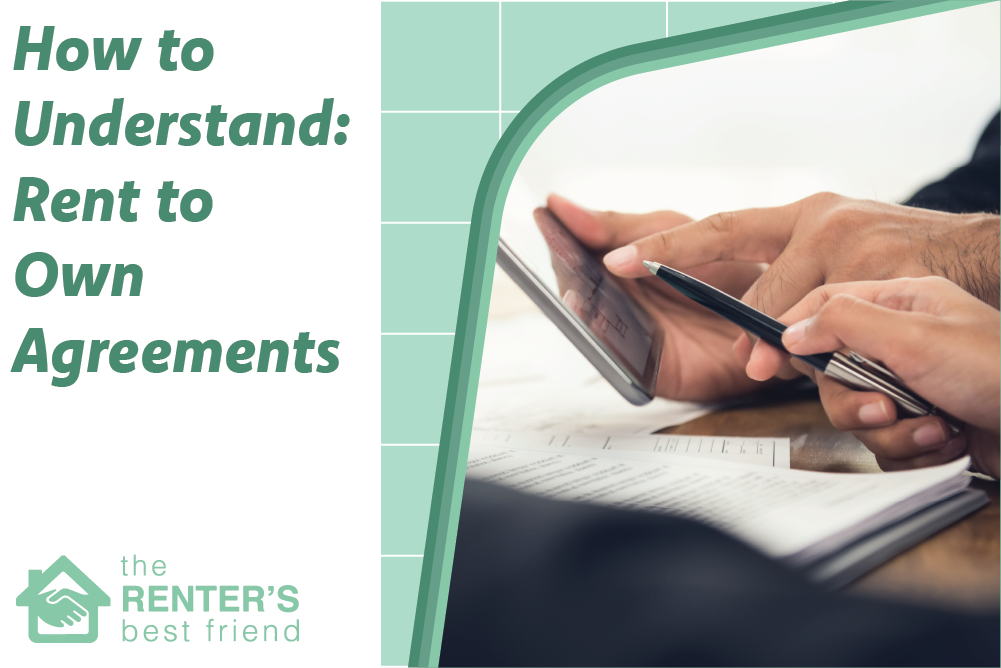Throughout the ongoing COVID-19 pandemic, rent debt has been growing and widespread evictions have been a major cause for concern.
People who work in the kinds of jobs hit hardest by the pandemic, such as retail and hospitality occupations make up a higher percentage of property renters. They are also less likely to have access to savings or other financial assets to fall back on when times are tough.
This combination of factors has led to a sharp uptick in renters across the country that are falling behind in their rental payments. Many landlords, directly because of this, are likewise struggling to bring in income and cover their debts to lenders.
In fact– renting is more expensive now than ever. If you feel like you’re caught in an endless cycle of moving from place to place and having your rent raised, we have a program that can help. You may qualify for The Renter’s Best Friend rent to own home program. Click here to break the renting cycle and start the journey to being a home buyer.
Though there was emergency financial support offered through federal, state, and local government rental assistance, these programs are winding down. And renters across the country are having to deal with this decrease in aid along with the soaring costs of inflation, housing costs, and the expiration of a national ban on evictions.
As many as 15% of households in America are behind on rent as we near the close of 2022 – which means roughly 6 million people could be facing eviction from their homes.
Many of the states with a high number of renters behind on their payments are also those states with lower average household incomes or with higher rates of poverty. However, there are also states with higher average household incomes that are ranked on our Top 10 list of places where renters of behind. The data presented in this analysis is taken directly from the U.S. Census Bureau’s website.
States Where Renters are Struggling the Most:
-
South Dakota
-
-
- Percentage of renters behind on their payments: 26%
- Median household income: $66,143
- Median gross rent: $830
- Poverty rate: 12.3%
-
-
Alabama
-
-
- Percentage of renters behind on their payments: 25%
- Median household income: $53,913
- Median gross rent: $861
- Poverty rate: 16.1%
-
-
New Jersey
-
-
- Percentage of renters behind on their payments: 24%
- Median household income: $89,296
- Median gross rent: $1,457
- Poverty rate: 10.2%
-
-
South Carolina
-
-
- Percentage of renters behind on their payments: 22%
- Median household income: $59, 318
- Median gross rent: $976
- Poverty rate: 14.6%
-
-
Connecticut
-
-
- Percentage of renters behind on their payments: 21%
- Median household income: $83,771
- Median gross rent: $1,277
- Poverty rate: 10.1%
-
-
Delaware
-
-
- Percentage of renters behind on their payments: 20%
- Median household income: $71,091
- Median gross rent: $1,208
- Poverty rate: 11.6%
-
-
Kentucky
-
-
- Percentage of renters behind on their payments: 20%
- Median household income: $55,573
- Median gross rent: $830
- Poverty rate: 16.5%
-
-
Arkansas
-
-
- Percentage of renters behind on their payments: 20%
- Median household income: $52,528
- Median gross rent: $820
- Poverty rate: 16.3%
-
-
Louisiana
-
-
- Percentage of renters behind on their payments: 20%
- Median household income: $52,087
- Median gross rent: $924
- Poverty rate: 19.6%
-
-
New York
-
- Percentage of renters behind on their payments: 19%
- Median household income: $74,314
- Median gross rent: $1,409
- Poverty rate: 13.9%
-
Cities Carrying the Highest Percentages
- Miami, Florida
- Houston, Texas
- Philadelphia, Pennsylvania
- New York, New York
- Chicago, Illinois
Perhaps unsurprisingly, there is a larger percentage of renters in major metropolitan areas who are behind on their rent, due to the higher cost of living. In the city of Miami, for example, as many as 25% of renters are behind on their rent payments. Keep in mind that Miami has also seen the highest increase in premiums and annual rent across the nation. Renters there are paying over 20% more in rent than they did a year ago and nearly 22% more than the long-term rental trend would suggest.
But living in the suburbs hasn’t eased the pressure on renters either. Since the beginning of the pandemic, rent has grown by an average of over 27% since March 2020. This is significantly higher than the almost 20% average growth in rent costs of the cities that these suburbs are built around.
The Trends May Continue
While the markets in many cities are seeing a decline in the median prices of rentals, the national median continues to rise. Over the last three years, the percentage of Americans who are unable to pay their rent on time has remained consistently high at 15%. As the housing market continues to surge, which accounts for a significant portion of national inflation since late 2021, this means that rent costs could continue to rise in many markets.
By May 2023, some experts expect rental inflation to jump as high as 8.4%, as compared to 5.8% in June 2022.
How Can You Save as Rent Goes Up?
The rising cost of rent where you currently are may be causing you to consider scheduling a move. Just make certain that you check the housing market of the area you are looking to relocate. Having this knowledge can not only help you to prepare your finances, but it could also give you the power to negotiate a better deal with a potential landlord or property manager.
Demand for rental properties is lowest during the winter in most places. And landlords typically want to fill any vacancies they might have before the holidays arrive. This is the best time for you to strike a deal, as you could find reduced rates. Some property managers, especially at newer buildings, want to fill a lot of apartments at one time, sometimes leading to them offering perks such as six weeks’ free rent or a reduction on security deposits. You might even be able to negotiate a lower monthly rent payment if you agree to sign a lease with a longer term.

